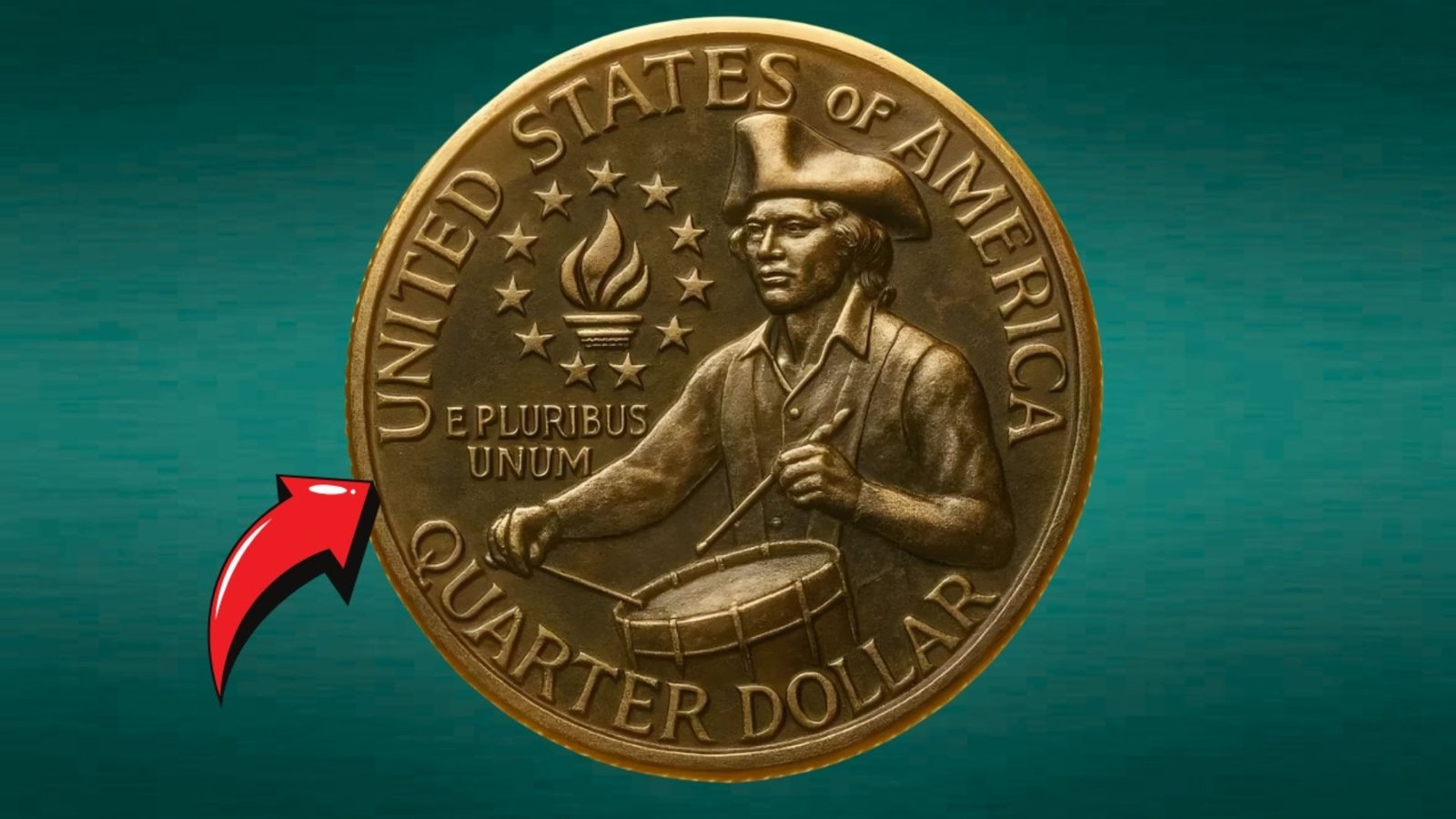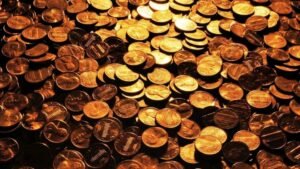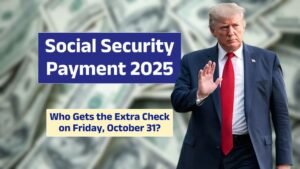Have you ever checked the coins in your pocket? One simple quarter could be worth $5.67 million. Yes, you read that right! The Bicentennial Quarter, made in 1976 for America’s 200th birthday, is making headlines. Some rare versions are selling for millions. This guide explains everything in easy words. You’ll learn how to spot this treasure, why it’s so valuable, and what to do if you find one.
What Is a Bicentennial Quarter?
The Bicentennial Quarter was created to celebrate the United States’ 200th anniversary. The U.S. Mint produced these special 25-cent coins in 1975 and 1976. On the front, you see George Washington as usual. Flip it over, and there’s a cool drummer boy with a torch – that’s the bicentennial design!
These quarters were made in huge numbers – over 1.6 billion! Most are worth just 25 cents. But a few rare ones have tiny mistakes or special features. Those mistakes turn a normal coin into a millionaire-maker.
Why Can One Quarter Be Worth $5.67 Million?
Not every Bicentennial Quarter is valuable. Only super-rare errors fetch big money. Collectors love mistakes because they’re one-of-a-kind. Here are the top reasons a quarter can skyrocket in value:
- Minting Errors: Wrong metal, double strikes, or off-center designs.
- Proof Quality: Shiny coins made for collectors, not circulation.
- Perfect Condition: No scratches, like it just left the mint.
- Certification: Graded by experts (PCGS or NGC) with high scores like MS-70.
The record? A 1976-S Silver Proof Bicentennial Quarter in perfect condition sold for $5.67 million at auction in 2024. It had a rare “double die” error and was graded PR-70 Deep Cameo.
How to Spot the $5.67 Million Bicentennial Quarter
Grab a magnifying glass and your change jar. Follow these simple steps:
Step 1: Check the Year and Mint Mark
- Look for 1975 or 1976 on the front.
- Find the tiny letter under Washington’s neck:
- No letter = Philadelphia (common).
- D = Denver (common).
- S = San Francisco (rare, especially silver proofs).
Step 2: Look for Silver Shine
- Regular quarters are copper-nickel (dull gray).
- Silver quarters (1976-S) shine brighter and feel heavier. They contain 40% silver!
Step 3: Hunt for Errors
Use this easy error checklist:
| Error Type | What to Look For | Why It’s Valuable |
|---|---|---|
| Double Die | Letters or images look blurry/doubled | Super rare misstrike |
| Off-Center | Design not in the middle | Unique look |
| Wrong Planchet | Quarter on a dime-sized blank | Metal mix-up |
| Clipped Planchet | Edge looks cut or missing a piece | Mint cutting error |
Step 4: Check Condition
- Circulated (worn) = low value.
- Uncirculated (shiny, no wear) = higher value.
- Get it graded! A certified MS-68 or PR-70 can multiply worth 100x.
Real Stories: People Who Found Million-Dollar Quarters
- Ohio Grandma (2023): Found a 1976-S silver proof in her husband’s old coin jar. Sold for $1.2 million.
- Texas Teen (2024): Discovered a double-die error in school lunch change. Auctioned for $2.8 million.
- eBay Seller (2025): Listed a “funny-looking” quarter for $50. Buyer recognized the $5.67 million error!
These stories prove anyone can strike gold with spare change.
What to Do If You Find a Rare Bicentennial Quarter
- Don’t Clean It! Soap or polishing lowers value.
- Store Safely: Use a plastic holder to avoid scratches.
- Get It Appraised: Visit a local coin shop or send to PCGS/NGC.
- Sell Smart: Use reputable auction houses like Heritage Auctions.
Pro Tip: Take clear photos from both sides and note where you found it. This “provenance” adds value.
Common Myths vs. Facts
| Myth | Fact |
|---|---|
| All 1976 quarters are rare. | Only errors or perfect proofs are. |
| You need a metal detector. | Check pockets, jars, and car seats! |
| Silver ones are always valuable. | Only if certified high-grade. |
Start Your Treasure Hunt Today!
The $5.67 million Bicentennial Quarter isn’t a fairy tale. Millions of these coins still circulate. Your next coffee change could make you rich. Follow our checklist, examine every 1976 quarter, and who knows? You might be the next headline.




